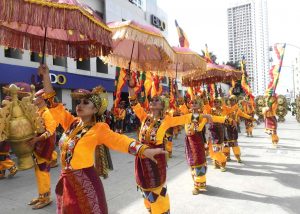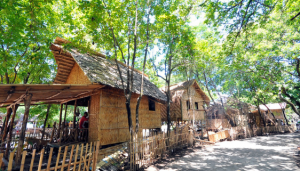The Bureau of Fisheries and Aquatic Resources (BFAR) 11 has assured the public that green mussels, or tahong, in Davao Region are free from microplastic contamination.
The BFAR issued the statement following the recent study conducted by Dr. Jose Isagani Janairo of De La Salle University in coordination with the Department of Science and Technology (DOST) that showed two out of their three samples tested positive for microplastics.
This is said to be the first study that confirmed the presence of microplastics among mussel shells in the country. Plastics present in the samples were identified as Polyethylene or PET commonly used in plastic water bottles and also on textiles.
“At this time, I would say our tahong is free from microplastic,” BFAR 11 Regional Director Fatma Idris told TIMES on Monday. This means, all greenshell mussels are safe for consumption except those that are from Balite Bay in Mati City, Davao Oriental because of red tide alert. She said they are continuously monitoring the shellfish in that area until the red tide advisory will be lifted.
Like the plastics swallowed by marine lives that eventually killed them, microplastic, which is invisible to the naked eye, is equally harmful to environment. Thus, Idris has warned once again the public to be more responsible with their garbage, especially those that are not easily decomposed.
“Let us save the ocean to save our future. No to throwing of garbage to sea, oceans and rivers,” she said.
Last week, volunteers and residents of Barangay Bucana collected at least 2,300 kilos of wastes during their coastal cleanup in the area. Most of the garbage recovered were plastic and cellophane.



